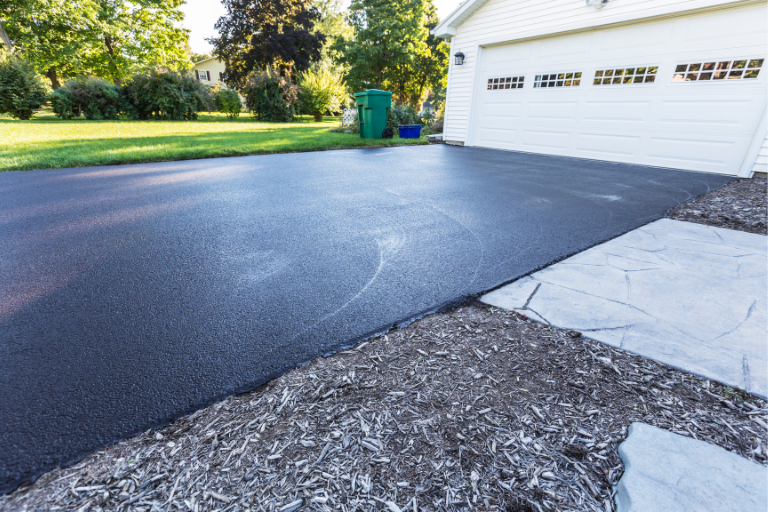Understanding Ice Melting Salts: A Comparative Guide

Navigating through the options of ice melting salts can be complex, especially when considering their impact on the environment and effectiveness. This guide delves into various types of ice melting salts, highlighting their drawbacks and introducing a safer alternative for deicing needs.
1. Sodium Chloride: Common But Corrosive
Sodium chloride, often known as rock salt, is the most commonly used ice melter. While effective in certain temperature ranges, its major drawbacks include corrosion to metal, damage to concrete, and harmful effects on vegetation and aquatic life. Its widespread use on roads also leads to increased salinity in water sources.
2. Calcium Chloride: Effective But Harmful
Calcium chloride is praised for its ability to melt ice in extremely low temperatures. However, it comes with significant negatives, including a high potential for corrosion, environmental hazards, and risks to pet safety. Its hygroscopic nature means it can leave behind a slippery residue, posing additional risks.
3. Magnesium Chloride: Lesser Evil, Still Problematic
Magnesium chloride is often seen as a less corrosive alternative to calcium chloride but still carries several disadvantages. It can cause irritation and burns on pets' paws and is detrimental to plant life. Furthermore, its overuse contributes to environmental issues like soil and water pollution.
4. Potassium Chloride: Limited And Expensive
Potassium chloride is a less common ice melting salt, often used in mixtures with other salts. Its effectiveness is limited to a higher temperature range, and it is generally less efficient in colder climates. Additionally, potassium chloride can be more expensive and still poses environmental concerns.
5. Blended Products: A Mix Of Problems
Blended ice melting products often combine various salts like sodium chloride, calcium chloride, and magnesium chloride. While these blends aim to maximize effectiveness, they inherit the negatives of each component, including corrosiveness, environmental harm, and pet safety risks.
The Environmental Toll Of Traditional Ice Melting Salts
Traditional ice melting salts, commonly used as salt for roads, have long been a concern for their environmental footprint. Their use leads to increased soil salinity, water contamination, damage to vegetation, and harm to wildlife. The corrosive nature of these salts also significantly damages infrastructure and personal property.
Safe Paw: The Environmentally Friendly Choice
Against the backdrop of these concerns, Safe Paw presents an environmentally friendly and safe alternative. As a chloride-free and toxin-free ice melt, Safe Paw is non-corrosive and safe for pets, children, and vegetation. It effectively melts ice at low temperatures (-2°F) and is non-damaging to concrete and metal surfaces. The product’s long shelf life and excellent spread rate make it a cost-effective and responsible choice for winter ice control.
Conclusion
In conclusion, while there are several options for ice melting salts, the traditional choices like sodium chloride and calcium chloride come with significant environmental and safety drawbacks. Safe Paw emerges as a preferable alternative, offering an effective solution that mitigates the negative impacts associated with conventional ice melting salts. For those seeking a responsible approach to winter deicing, Safe Paw is an excellent choice, ensuring safety, effectiveness, and environmental preservation.
Comments
Post a Comment